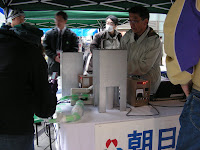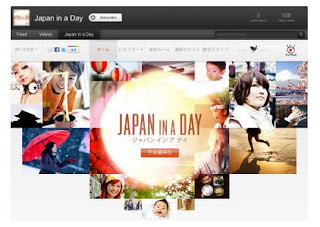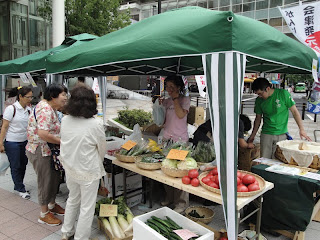Aomori Shinkansen

Back a long, long time ago, in December 2010, the new Shinkansen line to Aomori prefecture in northern Japan was opened. Shin Aomori station is about as far as you can get in a hurry from Tokyo, but that also means people "up there" are now able to go to meetings and conferences, if they really have to, in the big city. (I'm sure they all mostly prefer to stay up there in Aomori and enjoy the slow life...) Japan likes fancy commercials and even dramas about things like this. The "CM" as it is called here sometimes contain a certain element of drama, with characters that carry a message of hope, concern, love. In the case of the Aomori Shinkansen, they have put all of that into a series of 30 second long TV commercials. The main guy is a young JR employee who gets selected to be transferred to Aomori prefecture - not a great move at first sight. His nick name is simply "Tokyo" and he has a lot to discover. But, the real reason he is here is that the Sh...






